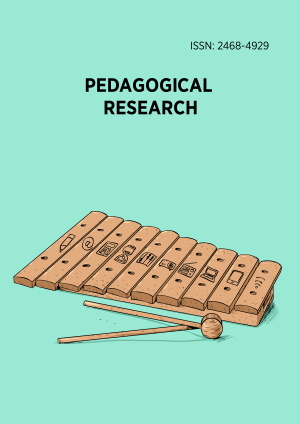Abstract
The goal of the present study is to examine mainly the associations of contextual variables with stress and teachers’ psychological well-being across organizational cultures. The responses (N= 51,782) of a population of primary school teachers from 15 different educational cultures were analyzed. Structural equation modeling (SEM) was implemented to confirm the associations of protective factors with stress and workplace well-being at the individual unit of analysis. Following the individual-level analysis, multiple-group SEM (MGSEM) was conducted to examine whether these relations are equivalent across gender groups across cultures. Next, a series of multiple-group confirmatory factor analyses (MGCFA) were carried out to compare the factor intercepts of the dimensions of work-related stress and workplace well-being within clusters of similar organizational cultures. Results indicated that only a limited number of structural associations vary as a function of gender across all cultures at the individual unit of analysis. Mixed results were found in favor of within-cluster homogeneity of latent means. That is, some cultural clusters such as the East-Asian were displaying within-cluster heterogeneity with large latent differences in workload stress. These findings have implications for the development of mental and emotional disorders such as depression or burnout as well as for the prevention of these conditions within educational settings.
License
This is an open access article distributed under the Creative Commons Attribution License which permits unrestricted use, distribution, and reproduction in any medium, provided the original work is properly cited.
Article Type: Research Article
PEDAGOGICAL RES, Volume 5, Issue 4, October 2020, Article No: em0066
https://doi.org/10.29333/pr/8235
Publication date: 03 May 2020
Article Views: 10597
Article Downloads: 1966
Open Access References How to cite this article
 Full Text (PDF)
Full Text (PDF)